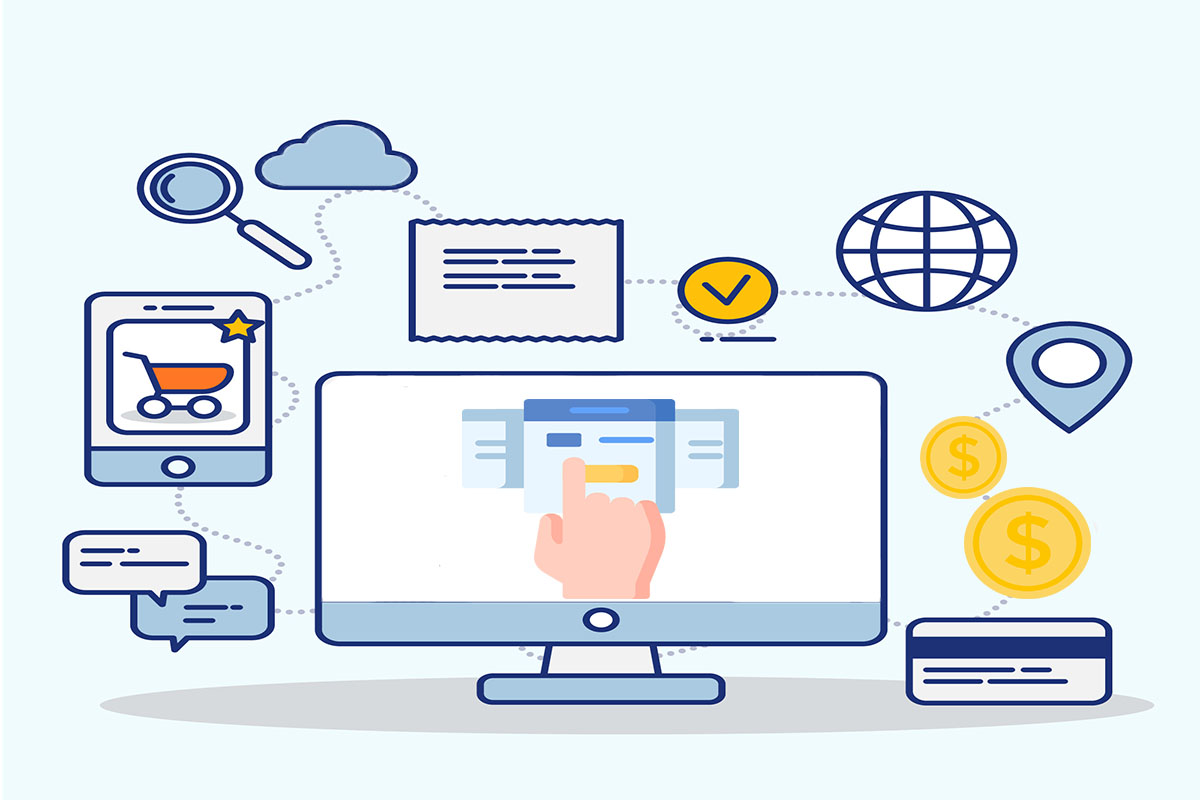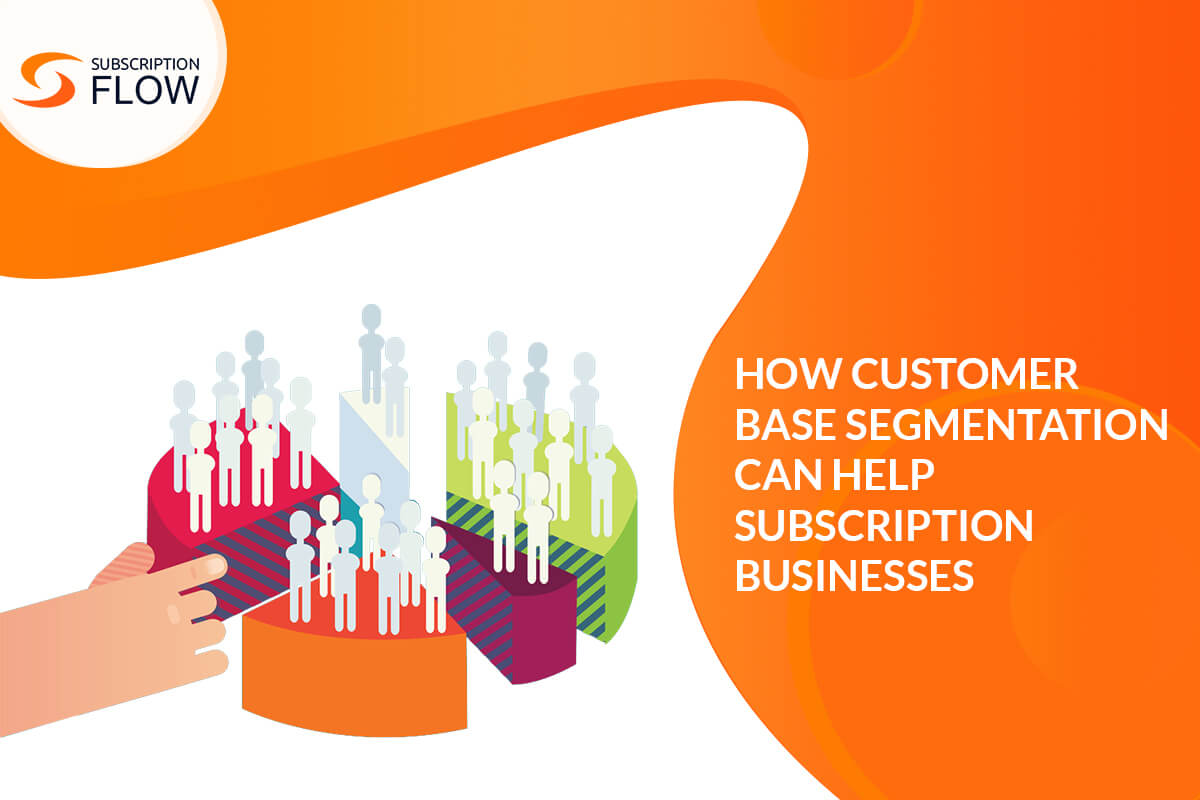
Where the Subscription Economy is headed let our experts do the talking
It comes as a no surprise that the last 10 years have proved extremely favorable for the Subscription Economy. We witnessed how industries have grown and shifted from products to services. According to a survey, Subscription Management took a leap from $60 million in sales in 2011 to $2.6 billion in 2016. But due to rising customer acquisition costs, increase in churn; things have taken a back-seat and progress has slowed down. We took the subject to the experts and here are the predictions that can help the business sustain growth in the years to come.
Modify your subscriptions according to customer’s needs
Given the stiff competition and the changing needs of the customer, businesses that can anticipate the need and satisfy the whims of the disgruntled consumers will emerge as a winner. As a company you need to make sure that the data being shared is transparent and gives the user full control. A successful subscription business is one which stays one step ahead of the competition and responds immediately to the changing needs of its consumers. This can be done by adding more services or upgrading the product to changing billing cycles, keeping the convenience of the user in mind.
Incorporate Usage-based Pricing
Customers are not going to pay for things that they don’t use. This is why businesses need to implement usage-based pricing to enhance perceived value and ensure user satisfaction. According to Deloitte Insights report details, companies that made use of usage-based pricing model, saw an 8% increase in their growth rate. There is also data available which contradicts to the growth ratio and instead warns against depending too much on usage-pricing. The bottom line is usage-based pricing is mandatory but it all comes down to finding the right combination for your revenue mix.
The Finance team will undergo major transformation
Given the changing dynamics of the workplace, companies need to shift gears and mold accordingly. Finance roles are changing and becoming more customer-oriented. To further understand each, let’s look at some examples. Initially, it was all about closing a one-time product deals but now the focus has gone towards nurturing long-term relationships. As for orders, it dealt with manually entering new orders but now the emphasis is on successfully managing large volumes of varied orders. Billing and Invoicing was about drafting one-off invoices but now it has become more complex with the introduction of recurring invoices and monitoring customer usage. It all boils down to how the business capitalizes on its strengths and uses opportunity to its advantage.
The dawn of a three-cloud architecture
ERP and CRM have dominated the world of enterprise software. However, it fails to provide the kind of support that the Subscription Economy requires. We understand the function of CRM which is to manage opportunities, leads etc. whereas ERPs manage the general ledger. But what the business actually needs is a much robust system that can provide dynamic pricing, subscription analytics and reporting, event – driven billing and time-based metrics, to name a few. As we speak, no CRM or ERP is capable of performing those functions. Hence, modern companies need a new technology that can fill the loopholes left by both the cloud applications.









